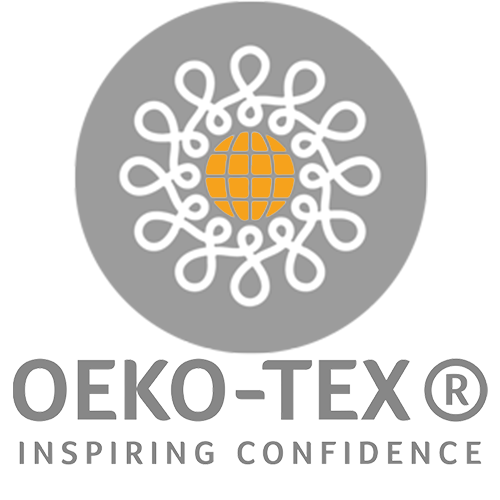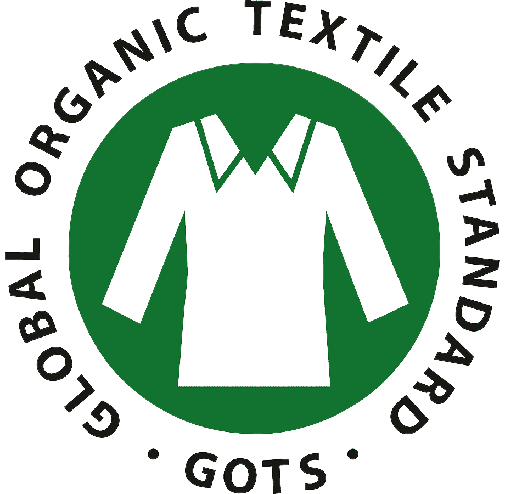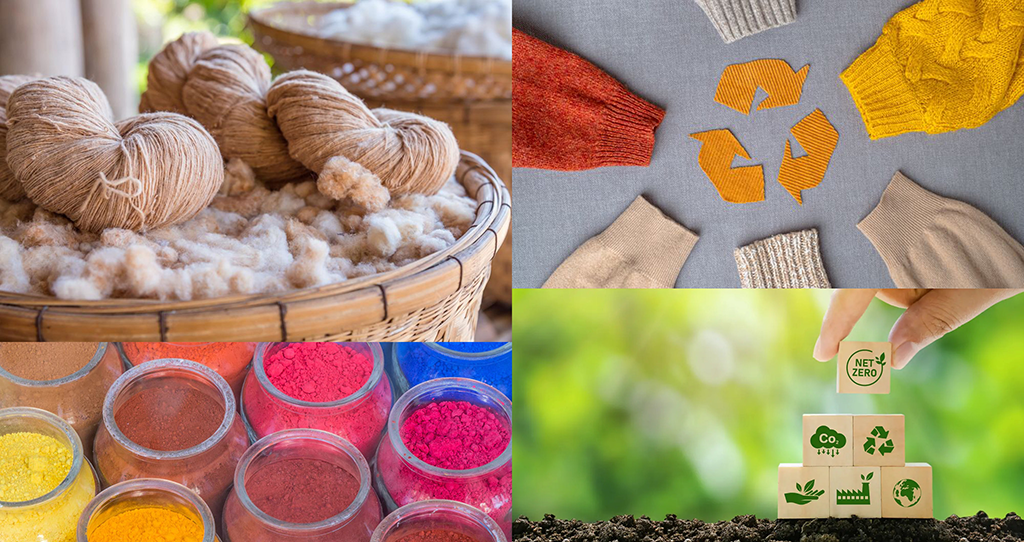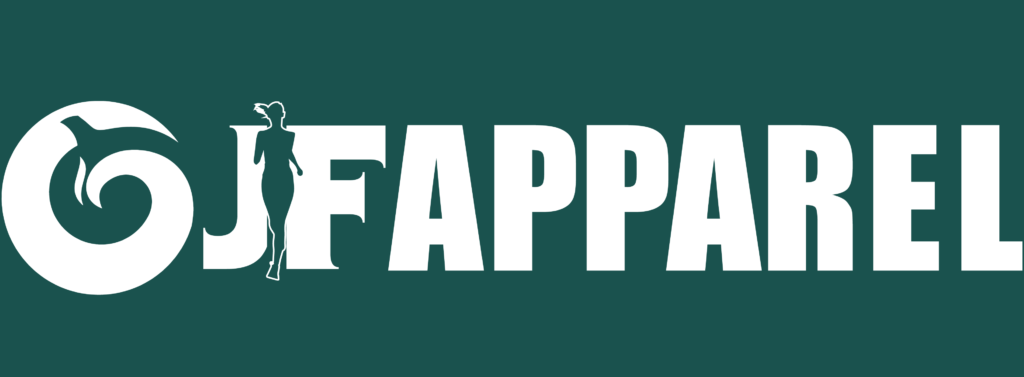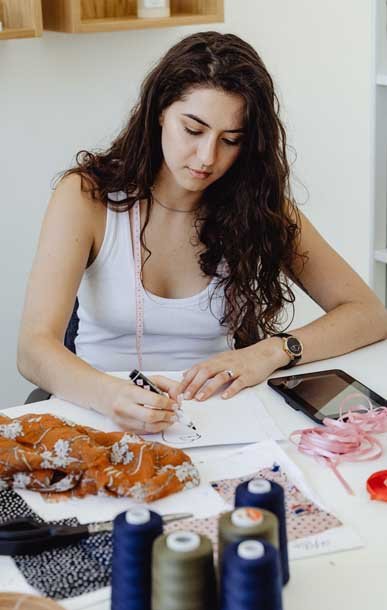Fabric Catalog

Navigate through our fabric directory, categorized by material type
Welcome to Our Fabric Catalog


Selecting the right fabric is at the heart of creating exceptional women's fashion.
At Jinfeng Apparel, we understand that every collection begins with a careful choice of materials, as the fabric not only shapes the design but also defines the comfort, quality, and sustainability of the final garment.
Our Fabric Catalog is meticulously organized to guide designers and brands in finding the perfect materials for their unique visions.
Whether you’re looking for the natural elegance of silk, the versatility of cotton blends, or the performance of advanced synthetic fabrics, our catalog offers a diverse range to meet your needs.
Explore our categorized sections—Natural Fabrics, Synthetic Fabrics, Blended Fabrics, and Specialty Fabrics—to discover materials that inspire creativity and align with your brand’s values.
Fabric Categories Overview

Our Fabric Catalog is organized into four key categories to make your fabric selection process seamless
Enjoy the comfort and elegance of fabrics like cotton, silk, linen, and wool. These materials, sourced from nature, are perfect for eco-conscious and luxury fashion.
Discover durable and high-performance options like polyester, nylon, and spandex, ideal for activewear and innovative fashion designs.
Find the best of both worlds with blends that combine natural and synthetic fibers, offering a balance of comfort, durability, and style.
Elevate your designs with unique materials like lace, velvet, and sequins, perfect for creating standout pieces and formal wear.
Each category is designed to help you quickly find the right fabric for your collection, with detailed information to guide your choices.
Don't forget to click on the fabric images to explore each type in more detail.
Natural Fabrics (15 Types)

These fabrics are derived from natural sources and are known for their comfort and sustainability.
Linen
Lightweight, breathable, and ideal for summer clothing. Known for its cooling properties.
Bamboo
Soft, breathable, and moisture-wicking, making it ideal for activewear and eco-friendly apparel.
Organic Cotton
Grown without synthetic pesticides, ideal for sustainable and eco-friendly garments.
Lyocell (Tencel)
Made from wood pulp, it’s soft, breathable, and environmentally friendly.
Sea Island Cotton
Premium cotton known for its extra-long fibers, used in luxury garments.
(Low production, used as a supplementary variety, not utilized.)
Synthetic Fabrics (12 Types)

These man-made fabrics offer durability, flexibility, and often lower costs.
Modal
A soft, moisture-wicking fabric from beech tree cellulose, used in underwear, activewear, and loungewear for comfort and breathability.
Olefin (Polypropylene)
Lightweight, moisture-wicking, and resistant to stains, often used in sportswear.
Blended Fabrics (10 Types)

Blended fabrics combine the best properties of different fibers, offering versatility and enhanced performance.
Lycra-Cotton
Combines the stretch of Lycra with the comfort of cotton, ideal for activewear.
Wool-Polyester
A blend that combines warmth with durability, often used in winter garments.
Rayon-Nylon
A blend that enhances the elasticity and durability of rayon with the strength and resilience of nylon.
Tencel-Cotton
Combines the eco-friendliness of Tencel with the breathability of cotton.
Specialty Fabrics (12 Types)

These fabrics are designed for specific functions or styles, adding unique qualities to garments.
Embroidered Fabric
Features intricate embroidery, often used in high-end and traditional garments.
Environmental Protection and Sustainability

We believe that fashion should not come at the expense of the planet, and we are dedicated to implementing eco-friendly practices throughout our production.
Eco-Friendly Materials
- Organic and Sustainable Fabrics: We use organic cotton, bamboo, and other sustainable textiles that are cultivated without harmful pesticides and chemicals, ensuring that our dresses are gentle on the environment and safe for consumers.
- Recycled Materials: We incorporate recycled polyester and other recycled fibers into our products, reducing waste and promoting a circular economy in the fashion industry.
- Low-Impact Dyes: Our dyes are selected for their minimal environmental impact, ensuring that the coloring process is as eco-friendly as possible while maintaining the vibrant and rich colors that define our women’s fashion lines.
- Sustainable Sourcing: We prioritize sourcing materials from suppliers who are certified for their sustainable practices, ensuring that every component of our dresses meets stringent environmental standards.
Green Manufacturing
- Energy-Efficient Production: We employ state-of-the-art machinery designed to reduce energy consumption during the manufacturing process, helping to lower our carbon footprint.
- Waste Minimization: Our cutting and production processes are optimized to minimize fabric waste, and any scraps are recycled or repurposed whenever possible.
- Water Conservation: We use advanced water treatment and recycling systems in our dyeing and washing processes to reduce water usage and prevent contamination of local water sources.
- Ethical Labor Practices: In addition to environmental sustainability, we ensure that all our production practices adhere to ethical labor standards, providing safe working conditions and fair wages for all workers involved in the manufacturing of our women’s fashion products.



